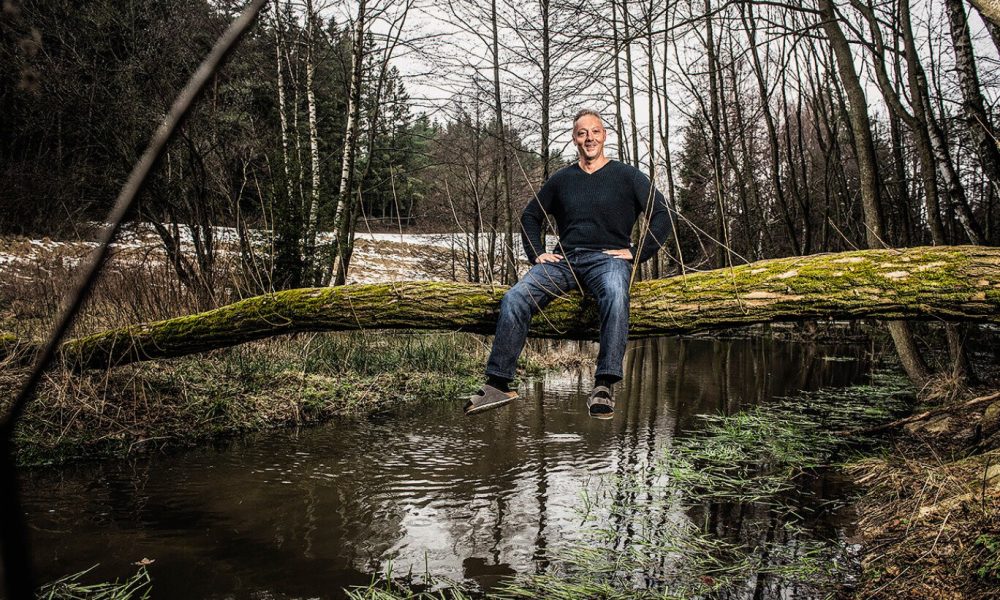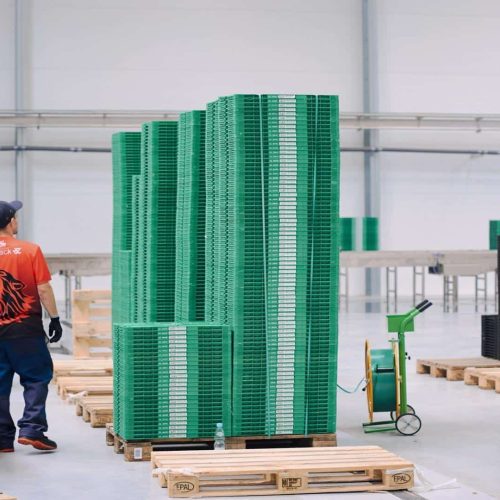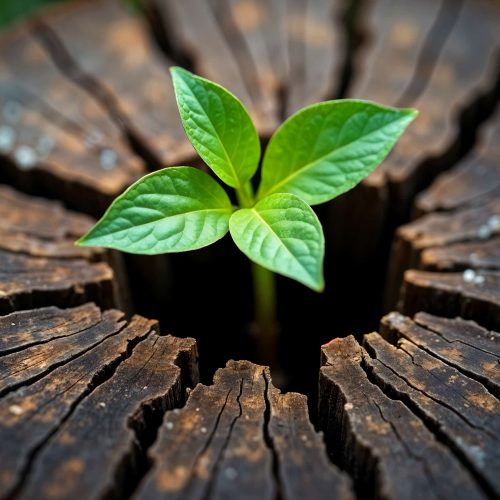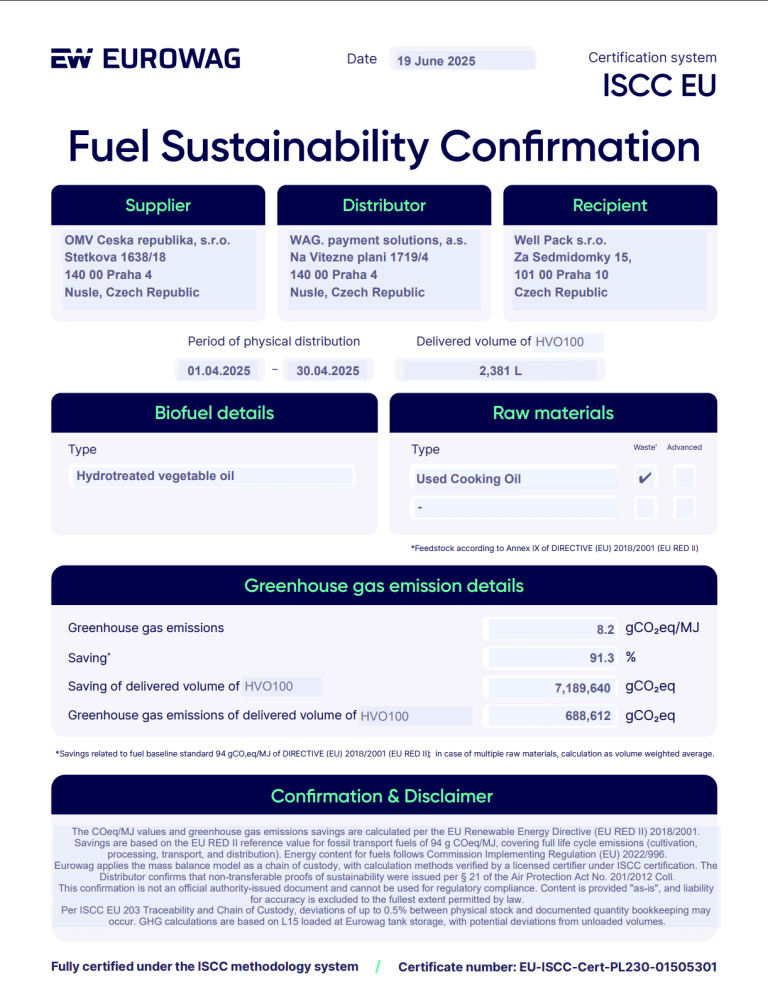Well Pack
Sustainability Targets 2030

”Live believing in equality
of all that lives”
Our strategy is grounded in a simple but powerful idea: sustainability must be practical to be transformative. We aim to embed responsibility into the core of supply chains and daily operations, so that businesses never need to choose between profit and purpose. By designing our products with circularity, efficiency, and accountability from day one, we help our partners reduce their footprint without increasing their costs.

Our Sustainability Goals
We believe that truly sustainable business improves the world—for our customers, partners, and future generations. Our ambition is to be a European leader in circular logistics and reusable packaging solutions.

Circular Economy & Product Innovation
Target: Achieve a 100% circular model for our core services (crates, packaging solutions, and rework activities) by 2030.
- Ensure full crate cycle closure using our washing facilities in every operating country.
- Develop products designed for long lifespan, easy rework, and recyclability.
- Launch at least 2 new circular products per year.

Climate Neutrality
Target: Reach climate neutrality (net-zero emissions) by 2040, with a 50% reduction by 2030 (in line with the SBTi standard).
- Implement emissions tracking across all countries by 2027.
- Transition to 100% renewable electricity in crate-washing operations by 2030.
- Electrify 50% of our vehicle fleet by 2030.

Water & Energy Efficiency
Target: Reduce water and energy consumption per crate by 40% by 2028, compared to 2023 levels.
- Deploy advanced water recirculation systems in all washing lines.
- Use IoT sensors and data analytics to optimize energy and water.

Waste & Material Efficiency
- Achieve zero landfill waste from our own operations by 2026.
- Make rework services a standard offer to reduce defects and extend product lifespans.

Social Impact & Responsible Supply Chains
Target: Ensure that 100% of key suppliers sign and comply with our Supplier Code of Conduct by the end of 2026.
- Conduct ESG risk assessments for 80% of procurement volume by 2027.
- Support social enterprises and the employment of disadvantaged groups—goal: 5% of new hires annually from these groups.
- Deliver ESG and ethics training to all employees—100% completion by 2026.

Transparency & Reporting
Target: Publish an annual ESG report starting in 2025.
Create a public dashboard of key ESG indicators by 2026.
Involve stakeholders (clients, suppliers, employees) in target setting and sustainability reporting.
Using HVO100 – Another Step Towards a Lower Carbon Footprint

